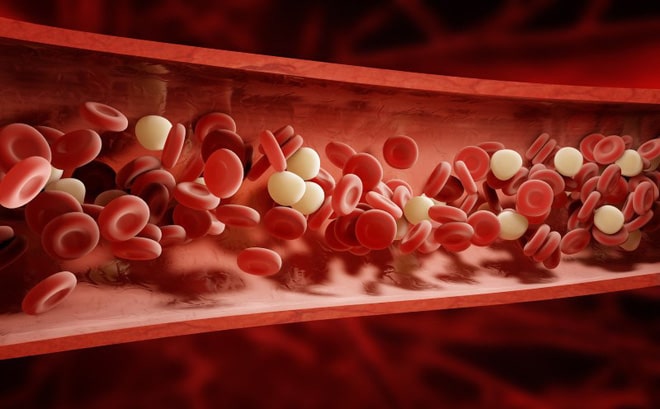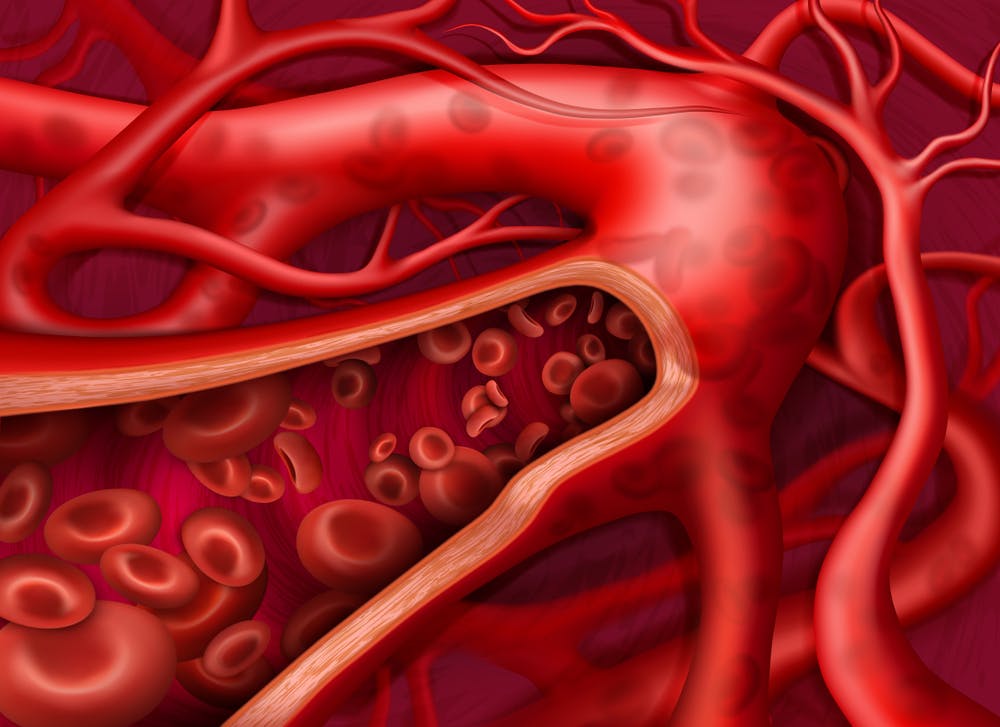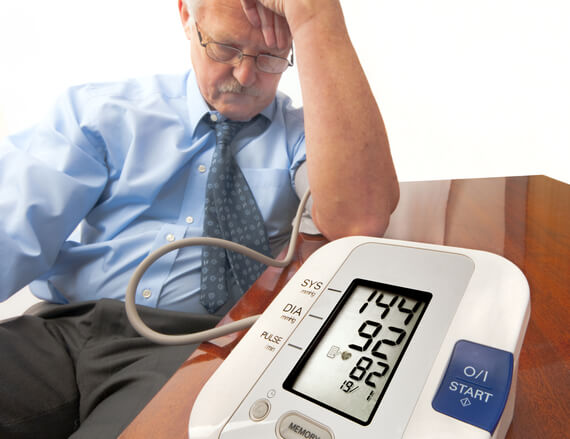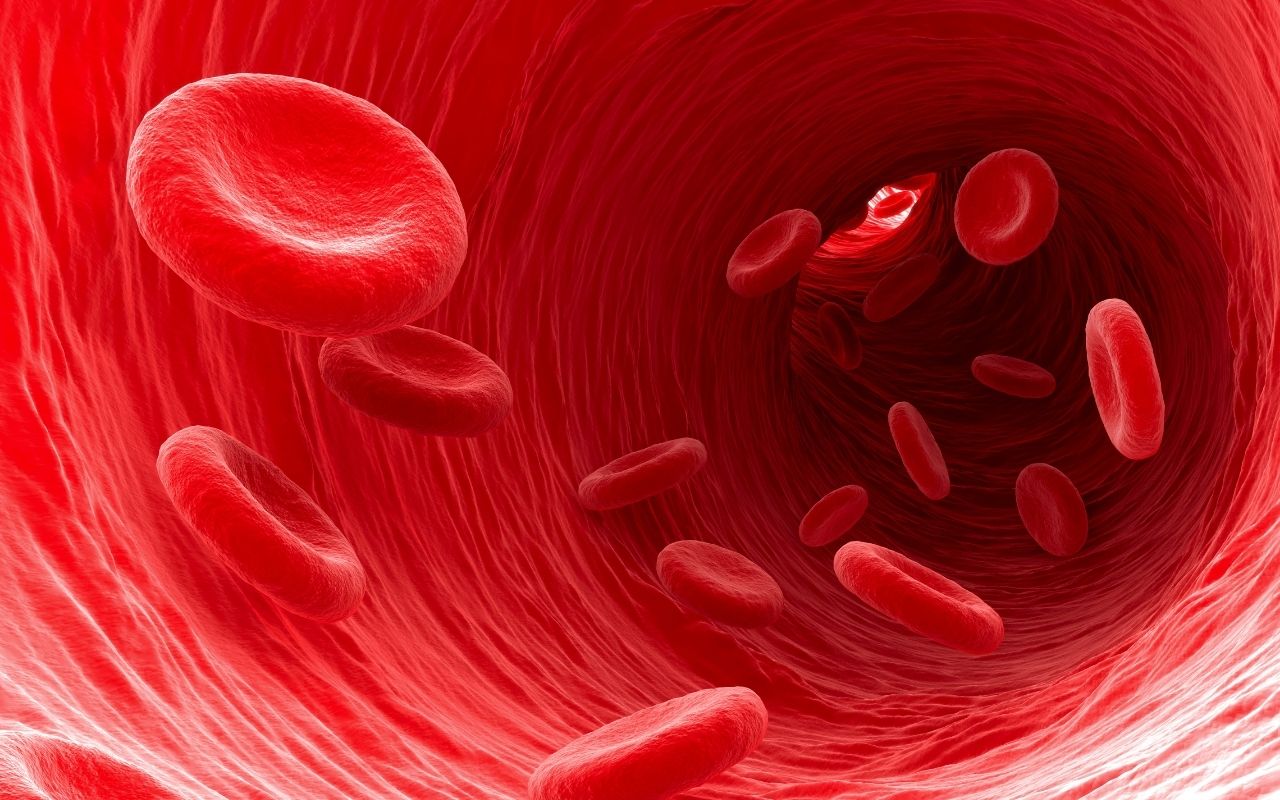The good news is that you don’t need to go to the gym or perform intense workouts to fix this. With just three simple exercises done daily, you can improve blood circulation, enhance physical and mental well-being, and prevent serious health conditions.
Why Is It Important to Improve Blood Circulation?
Proper blood circulation helps:
-
- Deliver oxygen and nutrients to cells
- Remove carbon dioxide and waste products
- Regulate body temperature
- Increase energy levels and reduce fatigue
- Support healing and immune function
- Enhance heart, brain, and nervous system performance
When blood circulation is poor, common symptoms include:
-
- Numbness and tingling in hands and feet, especially at night or after sitting
- Pale or cold skin, dryness
- Frequent headaches, dizziness
- Difficulty concentrating, memory issues
- Poor sleep quality
- Swollen legs or irregular heartbeat
Poor circulation is a risk factor for serious conditions like stroke, varicose veins, high blood pressure, diabetes, metabolic disorders, and kidney failure. That’s why improving blood circulation daily is one of the best ways to protect your long-term health.
3 Simple Exercises to Improve Blood Circulation
Legs-Up-the-Wall Pose (Leg Elevation)
This simple pose is highly effective for venous return, especially for those with swollen legs, varicose veins, or prolonged standing/sitting jobs.
How to do it:
-
- Lie on your back on a mat or bed
- Raise both legs up vertically to form a 90-degree angle with your torso (or rest legs against a wall)
- Keep your arms relaxed at your sides, close your eyes
- Hold the position for 5–10 minutes while breathing deeply
Benefits:
-
- Helps blood flow from the legs back to the heart
- Reduces swelling and leg fatigue
- Relaxes the nervous system and improves sleep quality
- Can slightly reduce blood pressure if done at night
Best for: Office workers, pregnant women, people with varicose veins or high blood pressure.
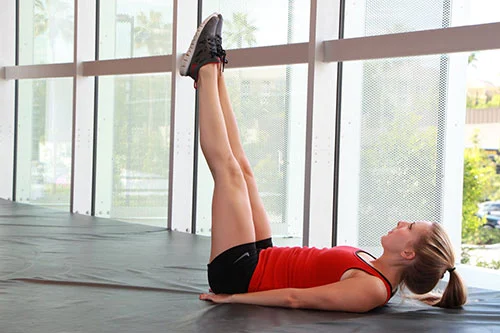
Consistent exercise can improve blood circulation
Seated Spinal Twist with Deep Breathing
Twisting your torso helps stimulate circulation around the spine, waist, and abdomen. When combined with deep breathing, this movement significantly boosts oxygen supply to the brain and enhances lung function.
How to do it:
-
- Sit upright on the floor or in a chair, spine straight, shoulders relaxed
- Twist your torso to the left, placing your right hand on your left knee and your left hand behind you
- Inhale deeply, hold the position for 10–15 seconds, then exhale and return to center
- Repeat on the other side, 3–5 times each
Benefits:
-
- Stimulates blood flow in the spine, abdomen, and brain
- Improves flexibility in the back and abdominal muscles
- Enhances oxygen circulation, reduces stress, aids digestion
- Ideal in the morning or after long working hours
Best for: Those with mild back pain, desk workers, individuals with mental fatigue or insomnia.
Finger and Toe Flexing and Rotations
This extremely simple routine can be done anywhere, especially helpful for the elderly, bedridden individuals, or people with limited mobility.
How to do it:
-
- Sit or lie down in a comfortable position
- Curl and stretch each finger, then clench and open your fists 10–15 times
- Do the same with your toes and feet
- Rotate wrists and ankles clockwise and counterclockwise 10 times each
Benefits:
-
- Stimulates peripheral circulation
- Prevents numbness and localized blood clots
- Encourages full-body blood flow when practiced regularly
Best for: Elderly individuals, people with diabetes, hypertension, post-surgery recovery, pregnant or postpartum women.
Additional Tips to Enhance Circulation Results
-
- Stay Hydrated: Water helps keep blood thin and flowing smoothly. Drink 1.5–2 liters of water per day to support circulation and detoxification.
- Warm Showers or Foot Soaks: Warm water dilates blood vessels and stimulates circulation under the skin. Soaking feet in warm water with ginger, salt, or essential oils before bedtime promotes better sleep and reduces foot numbness.
- Eat for Better Blood Flow: Include foods that support blood and heart health:
- Fatty fish (salmon, mackerel)
- Dark green vegetables
- Beets, ginger, turmeric, garlic
- Vitamin C-rich fruits
- Whole grains and legumes
- Avoid salty foods, refined sugars, saturated fats, and processed products.
- Get Enough Sleep: Lack of sleep increases blood pressure and reduces cerebral circulation. Aim for 7–8 hours of quality sleep per night to restore circulation and overall body function.
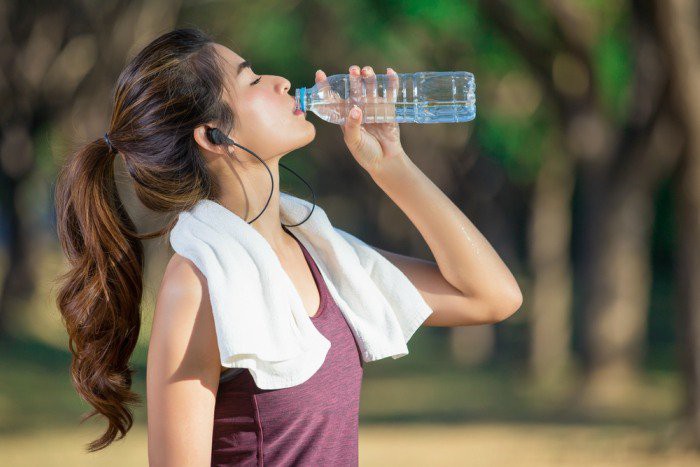
Combining exercise with these tips will improve blood circulation
Who Should Pay Special Attention to Blood Circulation?
-
- Seniors: Circulation decreases with age, increasing the risk of dementia, joint pain, and insomnia.
- Office workers: Sitting too long can cause blood pooling in the legs and cardiovascular issues.
- Pregnant or postpartum women: Hormonal changes often cause swelling, numbness, and anemia.
- Chronic condition patients: People with diabetes, hypertension, or high cholesterol usually have poor circulation and need support.
When to See a Doctor?
Visit a healthcare provider if you experience:
-
- Persistent numbness despite rest
- Frequent headaches, dizziness
- Pale or cold extremities, delayed wound healing
- Swelling in the legs or pain while walking
- Irregular heartbeat or chest discomfort
These symptoms could indicate underlying conditions like atherosclerosis, deep vein thrombosis, brain ischemia, or heart disease that require medical attention.
You don’t need complicated methods or hours in the gym to improve blood circulation. With just three simple exercises per day, you can promote healthier circulation, reduce fatigue, and prevent a range of health issues.
More importantly, combine these exercises with a healthy lifestyle, balanced diet, and adequate rest to strengthen your body from the inside out. Start today for better energy, a clearer mind, and a stronger heart.

